Binchotan or activated charcoal, a centuries-old Japanese ingredient used for purifying water, is being applied to all sorts of everyday things. I first encountered it several years ago when a friend presented my husband with a bundle of binchotan branches as a birthday present. We thought she was giving him coal. Since then, I’ve heard that these pieces of carbon have a multitude of beneficial properties, from improving blood circulation (when added to a bath) to removing toxins (when woven into a towel). I’ve also been seeing it in water bottles all over–the DIY answer to Brita. Last week, when Alexa mentioned she uses a binchotan toothbrush, Julie revealed she sleeps wearing a binchotan eye mask. And then Erin started raving about the taste of her binchotan-purified water, and Sarah pointed out she’s written about the benefits of Japanese charcoal. I had to join the binchotan brigade.
Above: Binchotan is activated charcoal–wood (typically oak) that’s been burned at extremely high temperatures over several days and then rapidly cooled. The process transforms the wood into an extremely hard material with a porous surface that filters water, trapping unwanted chemicals while adding minerals such as potassium and magnesium. This bundle of Kishu Binchotan Charcoal, $39 for a set of three branches, comes from Kishu, Japan, where binchotan has been made for eons. It’s available from Japanese importer Rikumo and can be used, according to Rikumo, “to absorb chemicals in tap water, enhance blood circulation in a hot bath, stimulate healthy soil in a garden, or deflect negative ions in your home.” Trying to wrap your mind around that last part? I am, too. Living Charcoal offers an eyeful on the subject.
Above: On my wish list: the Bincho, a hand-blown, Danish glass bottle that holds a liter of water and comes with with a stick of Kishu binchotan and a stopper. It’s $125 from Danish company Sort of Coal, which also has convincing things to say about the benefits of binchotan.

Above: An array of Rikomu’a binchotan-enhanced beauty products that I’ve been trying out: a Charcoal Eye Mask, $23; Binchotan Facial Puff, $15.50; bar of Binchotan Charcoal Facial Soap, $29; Binchotan Charcoal Pumice Stone, $15; Binchotan Charcoal Body Scrub Towel, $18; and Binchotan Charcoal Toothbrush, $6.80. Life changing? Not exactly, but I have to say I like them all and plan to continue my carbon regime. Though embedded with micro charcoal, none have any scent or leave any traces of black powder (the soap does make a nice gray lather). The mask is supremely comfortable–light blocking and mysteriously soothing. And I especially like exfoliating with a puff that looks like a lump of lava and feels like a sea sponge. Photograph by Margot Guralnick shot with the Canon EOS 70D digital SLR camera, with Dual Pixel AF technology and built-in Wi-Fi.
Above: The Charcoal Toothbrush, $8 each, comes in five colors from Schoolhouse Electric & Supply Co. It’s a light plastic with a small-sized, medium-hard nylon brush. Blending the bristles with charcoal is said to have an all-around deodorizing effect, helping to stave off bad breath, plaque, and the bacteria that lurks on toothbrushes. Sounds good to me. There’s absolutely no charcoal taste and I like the way it looks, but I have to admit, I miss the more substantial feel–and softness–of my Oral B.
Above: Denver-based Kishu Charcoal makes binchotan in three sizes for water bottles, pitchers, and three-to-five-gallon jugs. Kishu Binchotan Charcoal, shown here in the largest size, is $17.50 for two sticks from Lekker Home. To use as a water purifier, it requires boiling once month for 10 minutes to “keep its pores open,” and is said to be effective for four months. After that, it can be used in the refrigerator in place of baking soda or mixed with garden soil to help improve water absorption. For more sizes and details, see Kishu Charcoal.
Above: Next, I want to try the Chikuno Cube, a natural air purifier of bamboo charcoal in a honeycomb pattern that deodorizes and clarifies the air and helps maintain constant humidity in small spaces (a stack of multiple cubes works for larger room); $32 each from Lekker Home. I’m hoping it can also do my expense reports.
Have any experiences with binchotan? In the comments section below, fill us in on your finds.
Did you know that the Japanese also use charred wood as a building material? See Remodeling 101: Shou Sugi Ban Wood as Siding and Flooring.





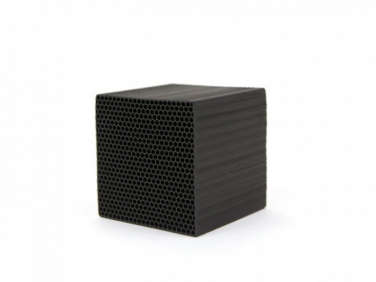


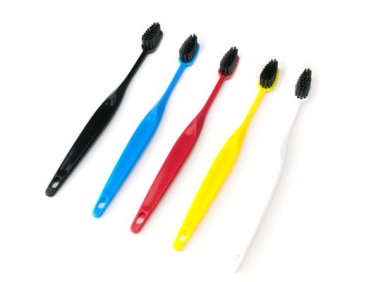



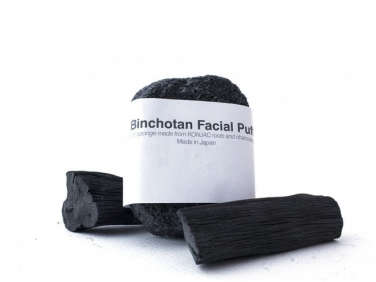

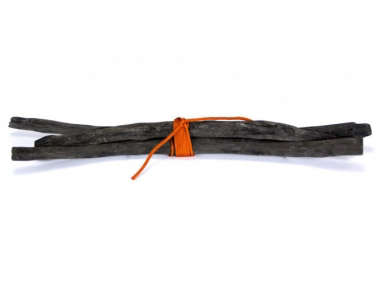
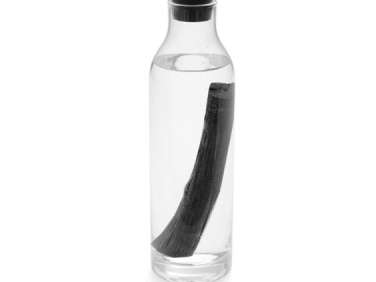


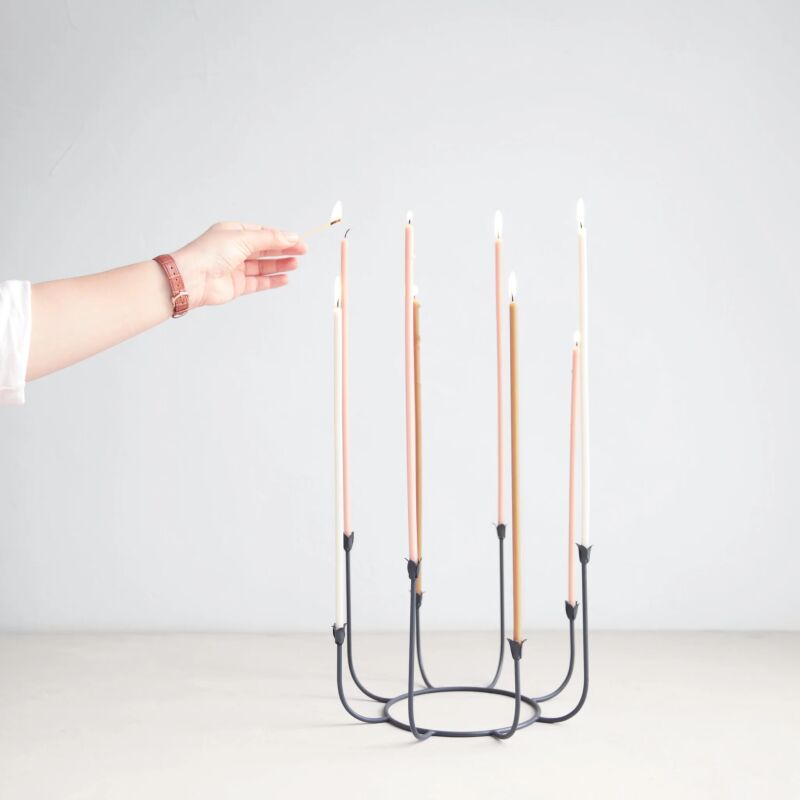

Have a Question or Comment About This Post?
Join the conversation (4)